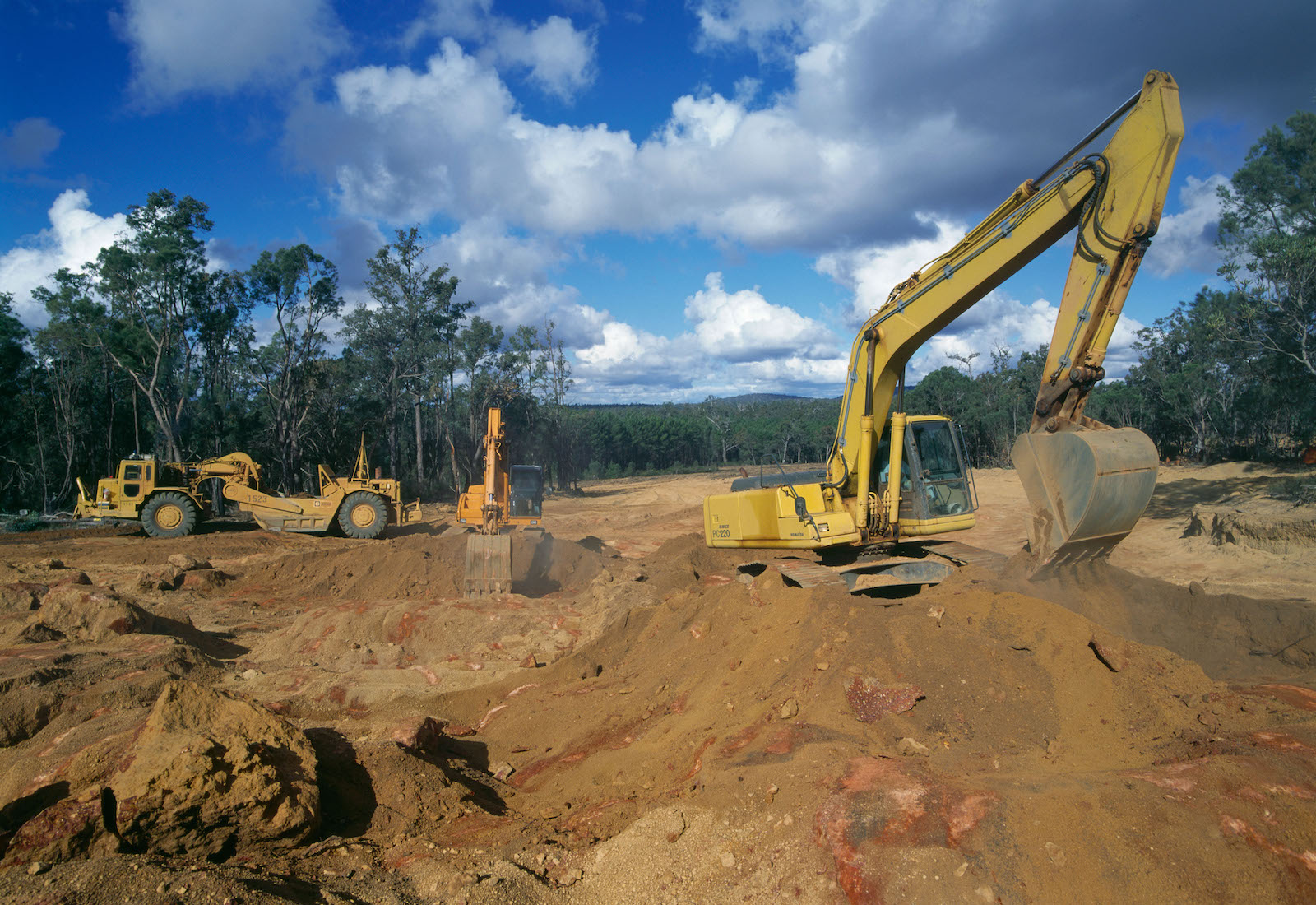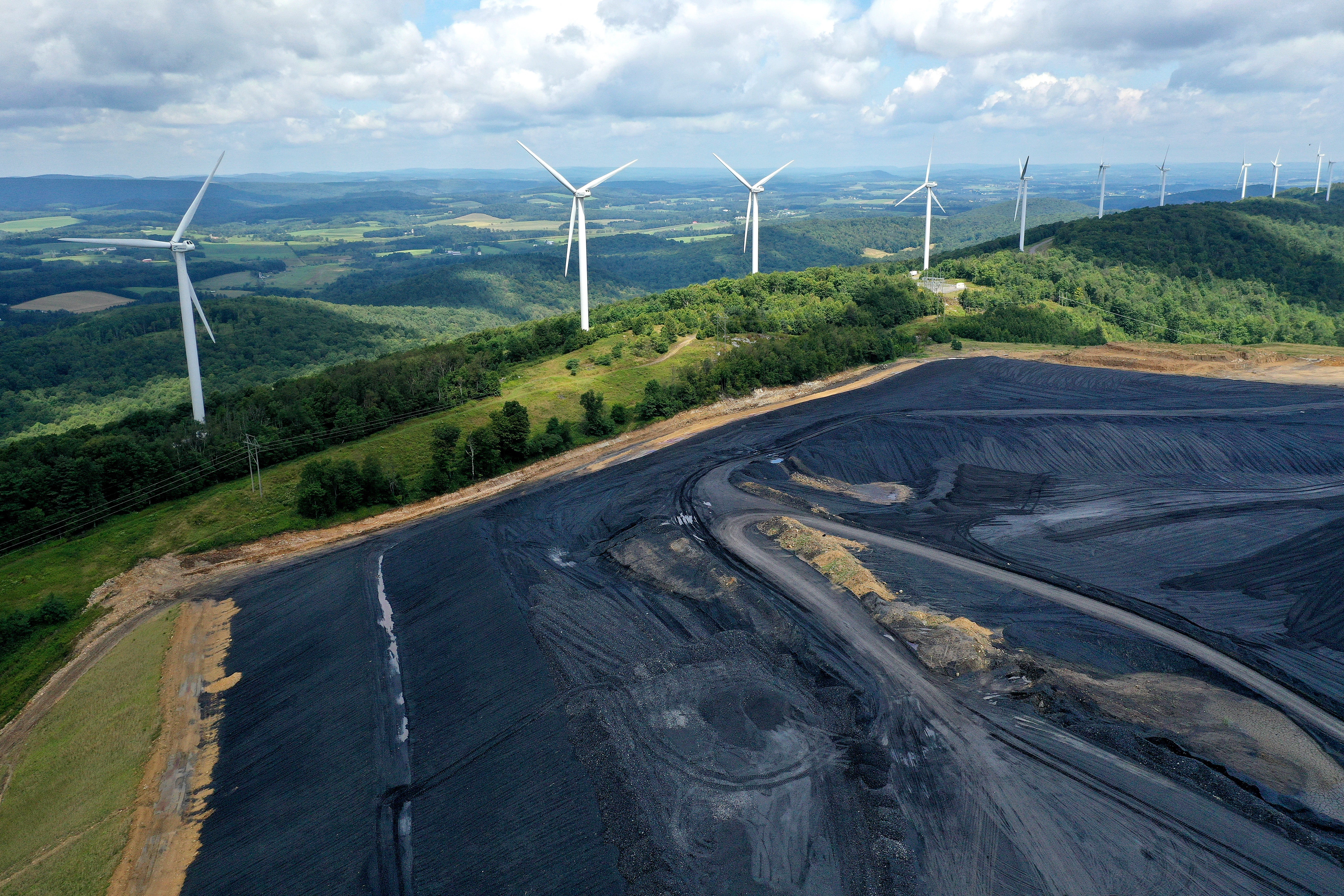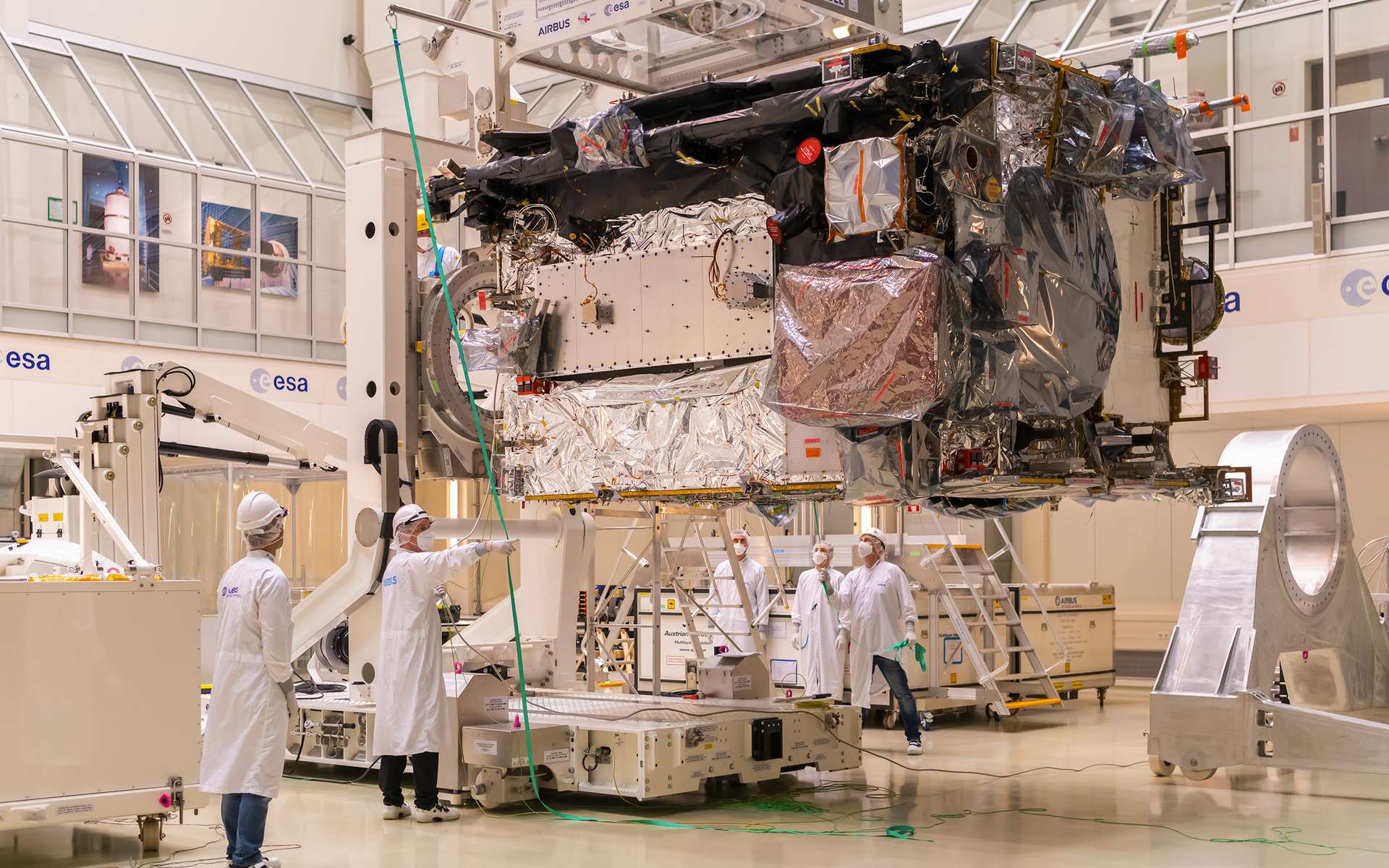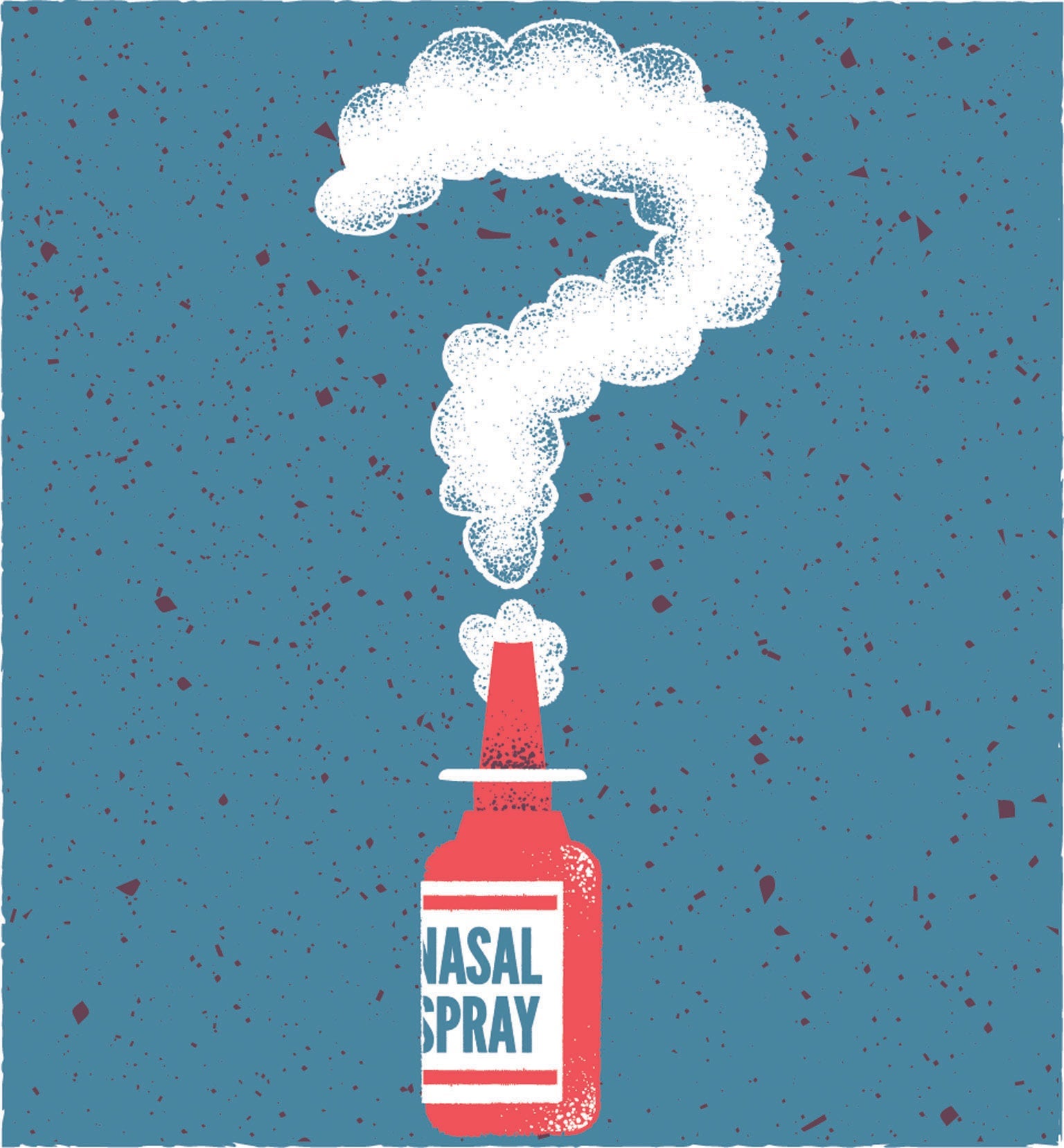Aluminum isn’t just for soda cans — it’s a critical clean energy material. The metal’s exceptionally light weight and durability make it an essential component of solar panels, wind turbines, and electric vehicles. As the world scales up these green technologies, demand for aluminum is expected to grow by as much as 40 percent by 2030, compared to a 2020 baseline.
But aluminum production isn’t environmentally benign. As noted in a new report from the nonprofit Environmental Integrity Project, the global aluminum industry causes some 1.2 billion tons of greenhouse gas emissions every year — a little less than three times Australia’s annual emissions — as well as widespread air and water contamination.
To ensure that the harms of aluminum expansion don’t outweigh the benefits, the report calls for stricter pollution standards from the U.S. government, an acceleration of of less-polluting smelting technologies, and an increase in aluminum recycling rates — so that less new aluminum needs to be made in the first place.
“Without strong action, the promise of aluminum in attaining a lower-carbon world will prove to be a false one,” said Nadia Steinzor, a policy and research analyst with the Environmental Integrity Project and lead author of the report, in a statement.
Before aluminum becomes foil or a car part, it has to be extracted from bauxite, a kind of ore that contains aluminum in its mineral form. Strip-mining for bauxite requires extensive land-clearing that displaces communities, destroys forests and topsoil, and releases mercury into the air and water. This mining happens all over the world, but some of the largest mines are in Australia, Brazil, Guinea, Indonesia, Jamaica, and Vietnam. According to the Environmental Integrity Project’s estimate, about 7,600 acres of land is cleared globally every year for bauxite mining — an area half the size of Manhattan.

Universal Images Group via Getty Images
The complicated industrial process that follows turns bauxite ore into aluminum — but not without creating some nasty byproducts. For example, refining bauxite into alumina powder — aluminum’s precursor — creates a waste residue known as “red mud,” which contains contaminants including arsenic, lead, and the radioactive elements uranium and thorium. Smelting, which turns alumina into aluminum, releases more pollutants into the air and water, most significantly sulfur dioxide but also carbonyl sulfide, hydrogen fluoride, and the human carcinogen benzo(ghi)perylene.
In the U.S., which produces about 1 percent of the world’s new aluminum, the Clean Air Act and Clean Water Act are meant to limit the release of these pollutants — but parts of these laws related to alumina refining and smelting have not been revised for decades, and the Environmental Integrity Project says they don’t reflect what’s possible using the most modern pollution-controlling technologies. For instance, sulfur dioxide scrubbers — filtration chambers that can remove sulfur dioxide from the air going out of a facility’s smokestack — could dramatically reduce emissions of the pollutant if installed at smelting facilities, but they aren’t currently required.
Smelting is also where most of the aluminum industry’s climate damages stem from. It takes a lot of energy to reach the 1,800-degree-Fahrenheit temperatures under which alumina can be converted to aluminum, and most smelting facilities get this energy from fossil fuel sources. The carbon-based anodes that conduct electricity for this process also release perfluorocarbons, greenhouse gases that can be thousands of times more potent than CO2 over a 100-year time frame.
To mitigate this climate pollution, the Environmental Integrity Project report says that states should dramatically expand the supply of renewable energy and that companies should commit to decarbonizing their aluminum production. Facilities in Iceland and Canada have already shown that aluminum production is possible using hydropower, and the United Arab Emirates in 2021 announced the world’s first commercial production of aluminum using solar power.

Georges Gobet / AFP via Getty Images
Replacing today’s anodes with carbon-free “inert” ones would also reduce aluminum’s climate impact, although inert anode technologies aren’t yet fully developed.
Greeshma Gadikota, an associate professor of civil and environmental engineering at Cornell University, called the report “timely,” since booming demand for aluminum is already causing pollution and energy consumption challenges around the world. “There is urgency in creating solutions to address this,” she said.
In particular, she praised the report’s recommendation to expand aluminum recycling, which uses 95 percent less energy than new aluminum production and preempts the harms of bauxite mining. According to the World Economic Forum, about 73 percent of used aluminum currently gets recycled, but raising that rate to 95 percent would reduce demand for primary aluminum by 15 percent and prevent 250 million metric tons of CO2 emissions every year — about as much climate pollution as Spain produced in 2022.
One priority area identified by the Environmental Integrity Project is increasing the amount of aluminum recycled from used cars, planes, appliances, and products, rather than relying on industrial scrap. In the U.S., less than half of today’s recycled aluminum comes from those non-industrial sources.
Still, Gadikota noted that, in the near term, recycled aluminum may not be able to keep up with rising demand for the material, meaning more primary production will be needed.
The report notes that manufacturers and consumers can also help drive down unnecessary demand for aluminum — for example, by favoring smaller cars. Americans’ taste for big trucks and cars is a “key factor” driving aluminum demand within the automotive industry, the report says, but compact vehicles can contain less than half as much aluminum.
Note: This article have been indexed to our site. We do not claim legitimacy, ownership or copyright of any of the content above. To see the article at original source Click Here













